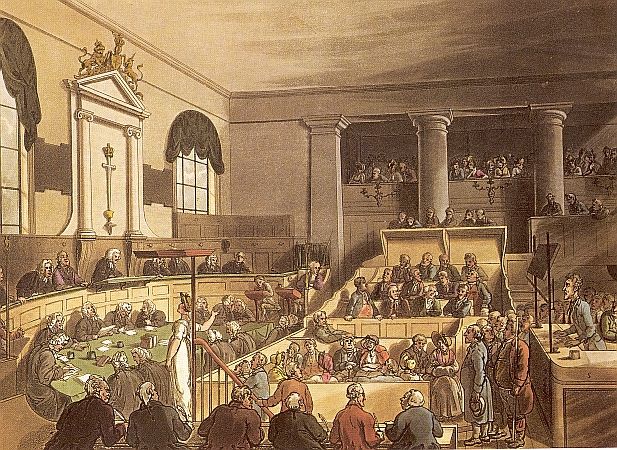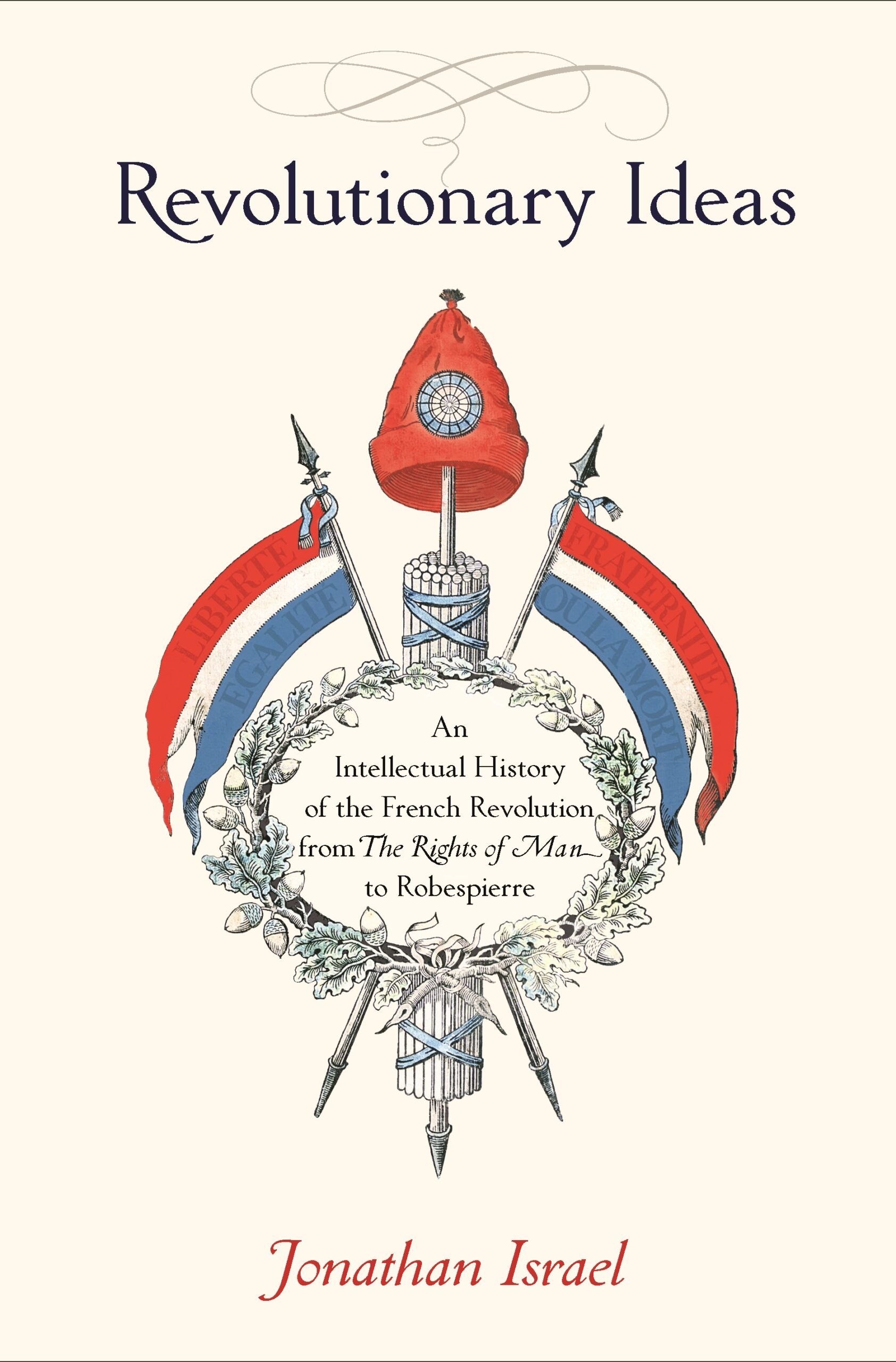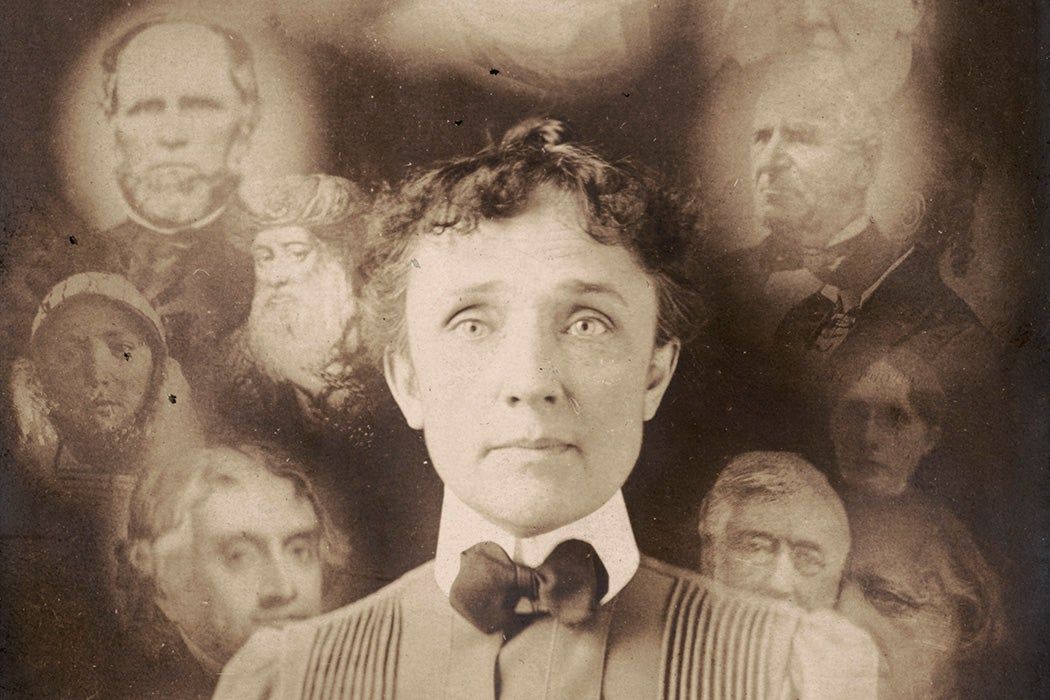Welcome to my blog, “19th Century”! In this article, we delve into the fascinating history of National Schools in Ireland during the 19th century. Discover how education played a crucial role in shaping Irish society during this era. Join me on this journey through time and explore the impact of national schools on Ireland’s educational landscape. Let’s dive in!
The Evolution of National Schools in 19th Century Ireland: Nurturing Education and Identity
The 19th century in Ireland witnessed the evolution of national schools, which played a crucial role in nurturing education and identity. These schools emerged as a response to the need for an inclusive and comprehensive educational system that could cater to the diverse religious and cultural backgrounds of the Irish population.
The Evolution of National Schools: The establishment of national schools in Ireland can be traced back to the 1831 National Education Board. This board aimed to provide education to all children, regardless of their religious affiliations. The key objective was to promote unity and social harmony by fostering a shared sense of national identity among the Irish population.
Nurturing Education: National schools emphasized a standardized curriculum that included subjects such as reading, writing, mathematics, history, and geography. While religious instruction was also part of the curriculum, it was intended to be inclusive, catering to both Catholic and Protestant students. This approach aimed to instill values of tolerance, understanding, and cooperation among the diverse student population.
Identity Formation: National schools played a significant role in shaping Irish identity during the 19th century. Students from different religious backgrounds interacted with one another, fostering a sense of shared experience and community. The inclusion of Irish history and culture in the curriculum further helped in promoting a strong sense of national pride and identity.
Context: The context of the 19th century was marked by significant social, political, and cultural changes in Ireland. The national school system was implemented against the backdrop of the Catholic Emancipation Act of 1829, which aimed to grant political and civil rights to Catholics. These changes in the political landscape fueled a growing demand for educational reform and contributed to the establishment of national schools.
The evolution of national schools in 19th century Ireland played a crucial role in nurturing education and identity. These schools aimed to provide an inclusive and comprehensive education to children from diverse religious backgrounds, fostering a sense of unity and national pride.
Which Country Do You HATE The Most? | DUBLIN, IRELAND
a WEEK in an ALL girls Catholic school vlog (Irish edition)
When did national schools begin in Ireland?
National schools began in Ireland in 1831. The establishment of these schools was part of the government’s efforts to provide education to all children, regardless of their religious background. Under the National School System, both Catholics and Protestants were supposed to be educated together, promoting religious tolerance. These schools were funded by the state and run by local committees. However, while the intention was to create a non-denominational system, in practice, Catholic influence prevailed in most areas due to their dominance in the population.
What were the national schools in Ireland?
In the 19th century, the national schools in Ireland were an educational system established under the National Education Board in 1831. The main objective of these schools was to provide an education that was non-denominational and accessible to all children, regardless of their religious background. The national schools aimed to foster a sense of shared national identity and promote the use of the English language.
The establishment of national schools was seen as an effort to integrate the Irish population into British society and to dilute the influence of the Catholic Church, which had been the dominant force in Irish education prior to this period. The curriculum of the national schools included subjects such as reading, writing, arithmetic, grammar, geography, and history.
Despite their intention to be non-denominational, the national schools faced challenges in practice due to the strong religious divide in Ireland. While the schools were open to students of all religious backgrounds, many Catholic families were suspicious of the intentions behind the establishment of the system and were hesitant to send their children to these schools. As a result, the Catholic Church continued to maintain its own separate system of schools.
The role of the national schools in shaping Irish society and education during the 19th century cannot be underestimated. They played a significant role in spreading literacy and English proficiency among the Irish population, contributing to a decline in the use of the Irish language. The national schools also laid the foundation for a more standardized educational system in Ireland.
Overall, the national schools in 19th-century Ireland were an attempt to provide a universal education and foster a sense of national identity. However, their impact was influenced by the religious dynamics of the time, and the Catholic Church continued to maintain its own separate educational institutions.
What was education like in Ireland during the 1900s?
In Ireland during the 1900s, education underwent significant changes and developments.
At the beginning of the century, education in Ireland was largely provided by religious institutions, particularly the Catholic Church. The Church had a strong influence over curriculum and teaching practices. Primary education was primarily focused on religious instruction, with a limited emphasis on other subjects such as mathematics, English, and history.
In 1831, the National Board of Education was established with the aim of providing education to children of all denominations. However, it was still largely under the control of the Catholic Church. The curriculum continued to be heavily influenced by religious teachings and values, with a strong emphasis on Catholic doctrine.
During the latter half of the 19th century, there were some efforts to improve secular education in Ireland. The Intermediate Education Act of 1878 aimed to provide a more comprehensive education by introducing a standardized examination system for secondary schools. This allowed students to progress to higher education based on their exam results, rather than relying solely on religious qualifications.
However, despite these advancements, education in Ireland remained largely divided along religious lines. Strong distinctions between Catholic and Protestant schools persisted, with each group maintaining control over their respective educational institutions. This division had an impact on both the curriculum and the cultural and social experiences of students.
Furthermore, education in rural areas was often limited due to a lack of resources and infrastructure. Many children in rural communities had limited access to schools or had to travel long distances to attend classes. The quality of education varied widely depending on the location and resources available.
Overall, education in Ireland during the 1900s was characterized by a strong influence of religious institutions, a focus on religious instruction, and disparities between urban and rural areas. It wasn’t until the following century that more significant reforms were implemented to create a more inclusive and secular education system for all.
Are national schools in Ireland predominantly Catholic?
In the 19th century, national schools in Ireland were predominantly Catholic. The establishment of national schools was a response to the growing need for education among the general population. However, these schools were largely under the influence of the Catholic Church, which played a significant role in their administration and curriculum.
The vast majority of the Irish population identified as Catholic during this period, and the church had a strong presence in society. As a result, Catholic clergy and religious orders were involved in the management and staffing of many national schools.
The influence of the Catholic Church extended beyond administrative aspects. Religious instruction, including Catholic catechism, was often integrated into the school curriculum. This meant that while the schools served children of all religious backgrounds, the teaching and ethos were predominantly Catholic.
It is worth noting that there were also Protestant national schools in Ireland during the 19th century, particularly in areas with significant Protestant populations. However, these were in the minority compared to the Catholic-dominated schools.
This Catholic dominance of national schools in Ireland continued until the 20th century when efforts were made to promote a more secular education system. The Irish Education Act of 1892, for example, aimed to create a non-denominational national education system, although the Catholic Church maintained its influence for several decades.
Frequently Asked Questions
What were the key principles and objectives of the national school system in 19th century Ireland?
The key principles and objectives of the national school system in 19th-century Ireland were centered around providing education to the general population, regardless of their religious affiliation.
Principle 1: Universal Education: The primary objective was to establish a system of education that would be accessible to all children, regardless of their social class or religious background.
Principle 2: Non-Denominationalism: The national school system aimed to provide education in a non-denominational manner, meaning that it would be inclusive of students from various religious backgrounds. This was a significant departure from the existing system, which was heavily influenced by different religious institutions.
Principle 3: Encouragement of Irish Language and Culture: The national school system sought to promote the Irish language and preserve Irish culture. However, this principle was not consistently implemented, as English remained the dominant language of instruction in many schools.
Objective 1: Standardized Curriculum: The national school system aimed to establish a standardized curriculum across all schools to ensure uniformity in the subjects taught and the quality of education provided. Subjects such as reading, writing, arithmetic, history, geography, and religious instruction were included in the curriculum.
Objective 2: Teacher Training: The system aimed to provide training and certification for teachers to ensure they were qualified and capable of delivering a standardized education. Teacher training institutions, known as “model schools,” were established to achieve this objective.
Objective 3: State Funding: The national school system relied on state funding to ensure its sustainability. The government provided financial support to schools, often referred to as “grants,” to cover operating expenses and teacher salaries.
Overall, the national school system in 19th-century Ireland aimed to provide accessible and inclusive education, standardize the curriculum, train qualified teachers, and secure state funding to support the growth and development of schools.
How did the national school system in 19th century Ireland contribute to the promotion of a common Irish identity and the suppression of Gaelic culture?
The national school system implemented in 19th century Ireland played a significant role in promoting a common Irish identity while simultaneously suppressing Gaelic culture. The primary aim of this education system was to anglicize the Irish population and undermine their traditional cultural practices.
The curriculum in these schools heavily emphasized the English language and British history, literature, and values. The teaching of Irish language, history, and culture was discouraged and even punished in some cases. This approach aimed to undermine the importance of Gaelic traditions and replace them with English-speaking and English-centric perspectives.
Moreover, the school textbooks and materials used during this period reinforced the promotion of English culture and values while downplaying or omitting Irish culture. The content glorified British achievements and portrayed English culture as superior, exerting a strong influence on shaping the perceptions and identity of young Irish students.
In addition to the curriculum and teaching materials, the national school system also facilitated social segregation. Children from different social classes and religious backgrounds were typically educated separately, contributing to the fragmentation of Irish society. This division further weakened the sense of a shared Irish identity and common cultural heritage.
Overall, the national school system in 19th century Ireland acted as a tool for assimilation, aiming to create a more unified and anglicized Irish population. The suppression of Gaelic culture through the prioritization of English language and culture played a significant role in the promotion of a common Irish identity aligned with British interests. However, it also had detrimental consequences for the preservation and revitalization of Gaelic culture in Ireland.
What challenges did the national school system face in 19th century Ireland, particularly in terms of religious and cultural tensions between Catholics and Protestants?
In the 19th century, the national school system in Ireland faced significant challenges, especially regarding religious and cultural tensions between Catholics and Protestants. During this period, education was seen as a tool for shaping loyal citizens and reinforcing British control over Ireland.
Religious tensions: One major challenge was the religious divide between Catholics and Protestants. The national schools were established under a system known as “undenominationalism,” which aimed to provide education that was not tied to any specific religious denomination. However, this approach favoring neutrality faced criticism from both Catholic and Protestant groups.
Catholic objections: Catholics were concerned about the state-controlled nature of the schools and the potential threat to their faith. They criticized the lack of Catholic influence in the curriculum and the absence of Catholic teachers. This led to the development of an alternative Catholic school system, which was supported by the Catholic Church and received funding from the Vatican.
Protestant objections: On the other hand, some Protestant groups saw the undenominationalism of the national schools as a threat to their Protestant identity. They feared that Catholic influence would dominate the education system and sought to maintain their own separate schools.
Cultural tensions: Another challenge was the cultural tension between the Irish and the British. The national school system aimed to promote English language and culture, which was seen as a means of assimilating the Irish into British society. This approach clashed with the efforts of Irish nationalists who sought to preserve Irish language and culture.
Language: The national schools were largely conducted in English, disregarding the native Irish language. This resulted in limited access to education for those who predominantly spoke Irish. It also contributed to the decline of the Irish language and further strained cultural relations.
Overall, the national school system in 19th century Ireland faced significant challenges due to religious and cultural tensions. These tensions manifested through objections from both Catholic and Protestant communities, as well as clashes between Irish and British cultural influences.
The establishment of national schools in Ireland during the 19th century marked a significant milestone in the country’s educational history. These schools played a crucial role in providing accessible education to the masses, regardless of their religious background. The adoption of a standardized curriculum and the use of the English language aimed to create a more unified and cohesive society. However, it is important to acknowledge the controversies and tensions surrounding this initiative, particularly regarding the suppression of Irish language and culture. Despite these challenges, the national schools laid the groundwork for a more inclusive and modern education system in Ireland. Today, the legacy of these schools can still be felt in the emphasis on universal education and the importance of promoting diversity and inclusivity in the education sector.






